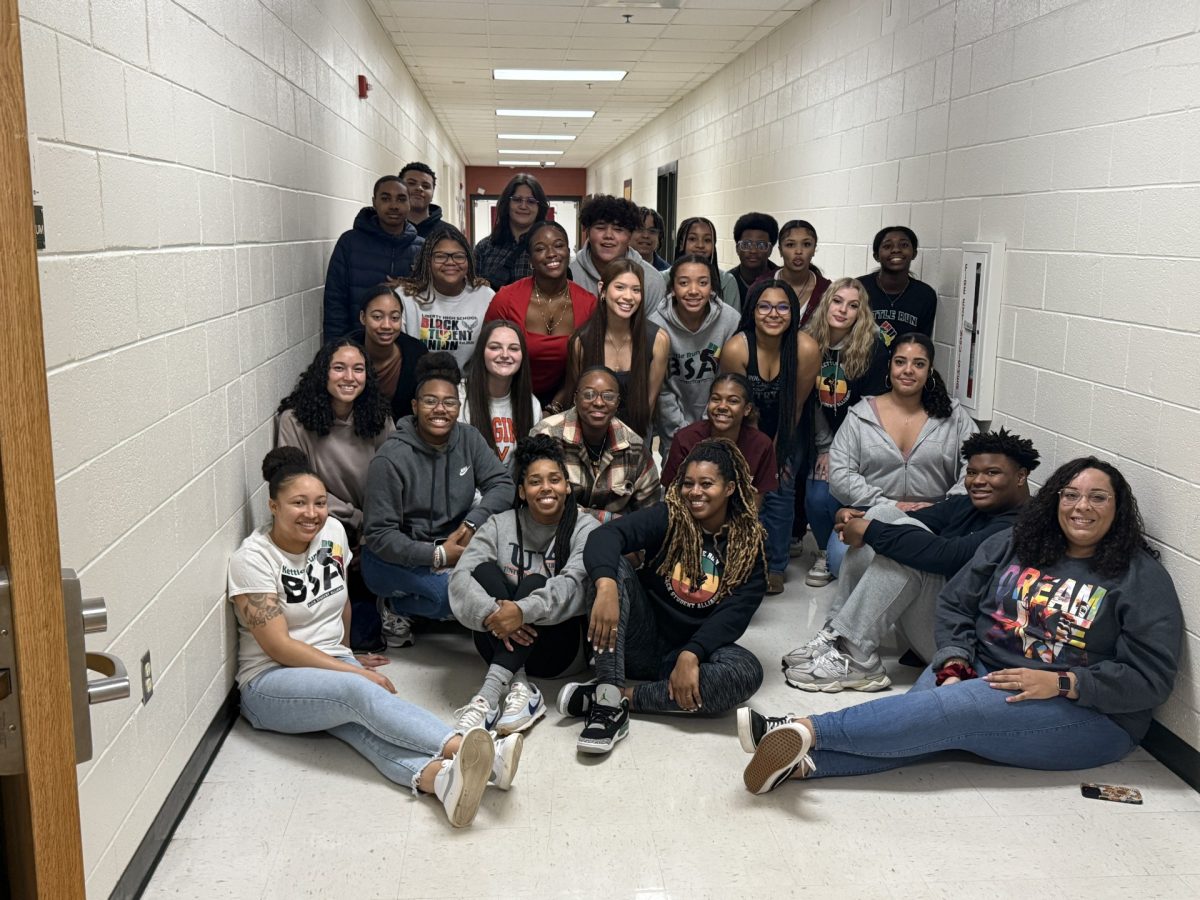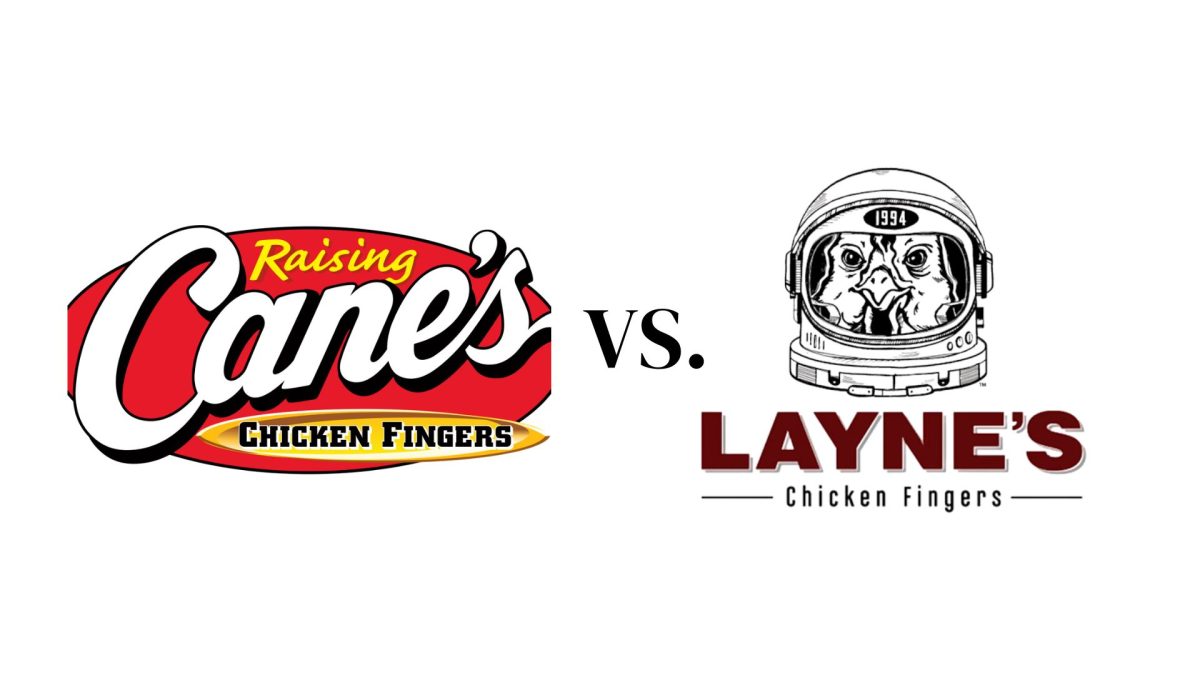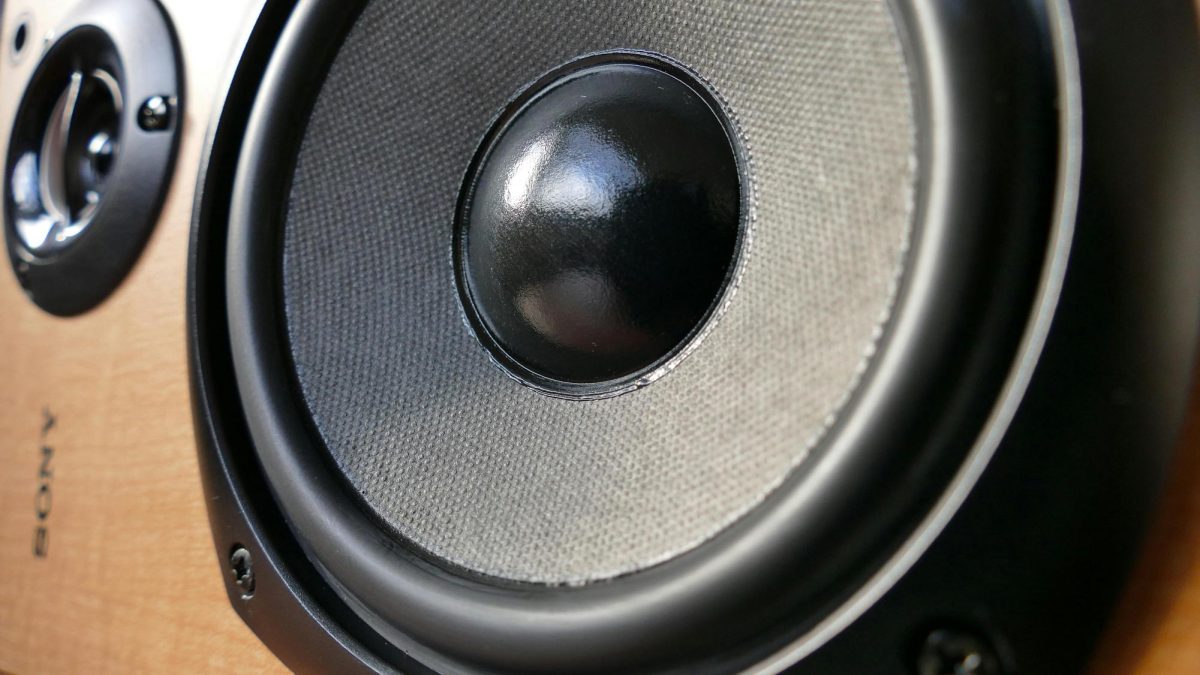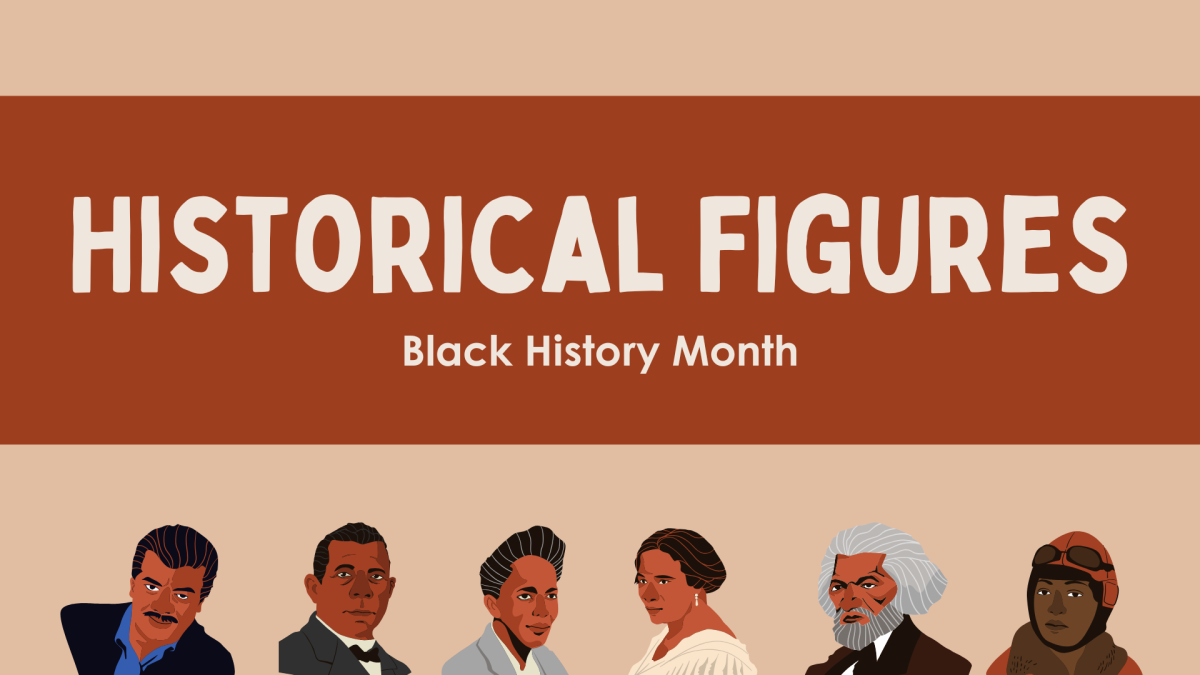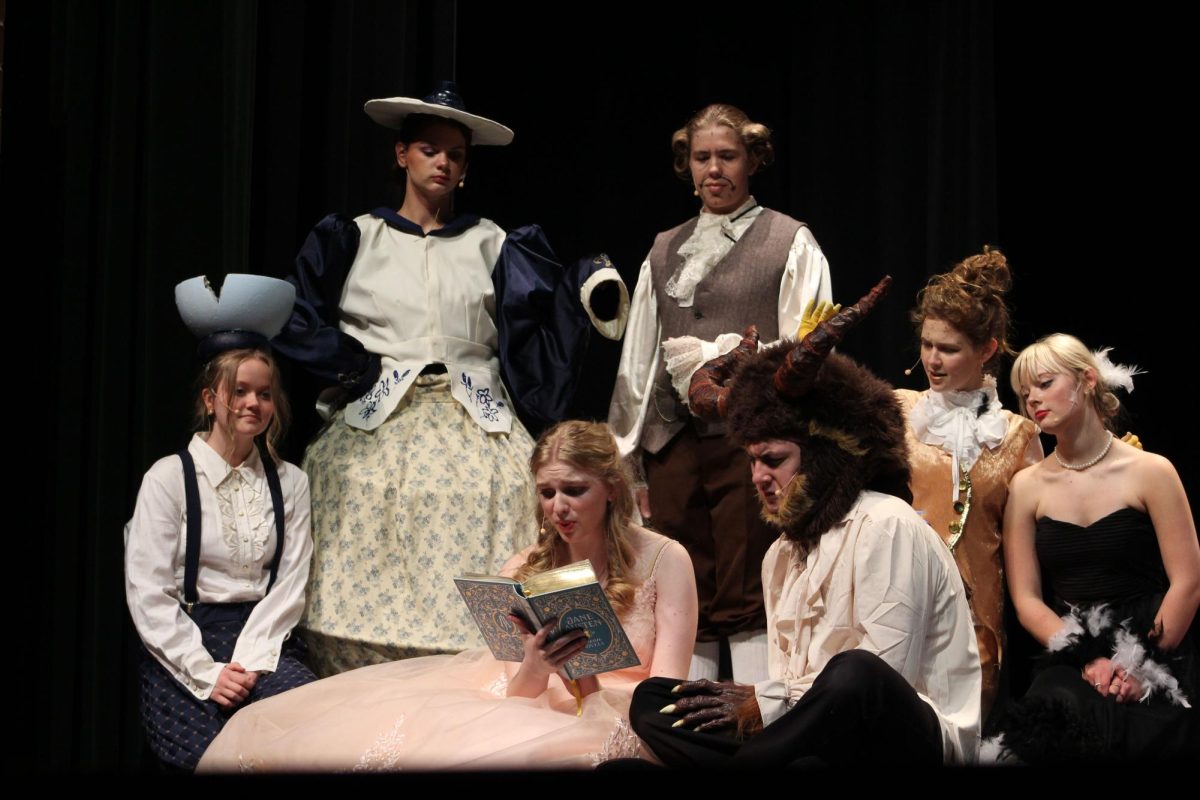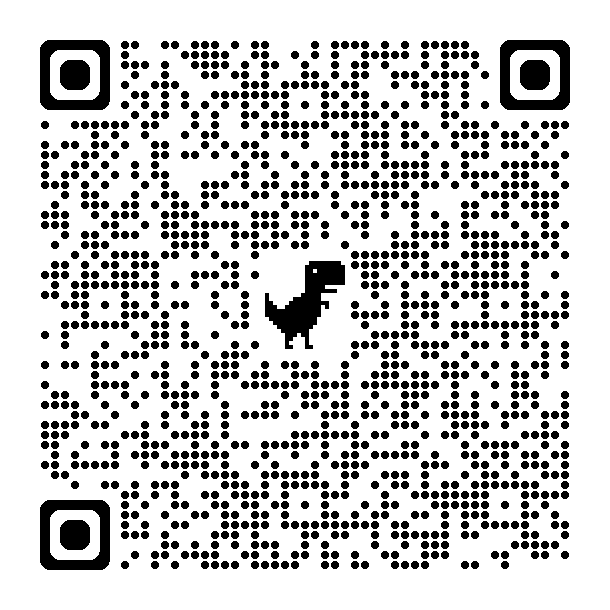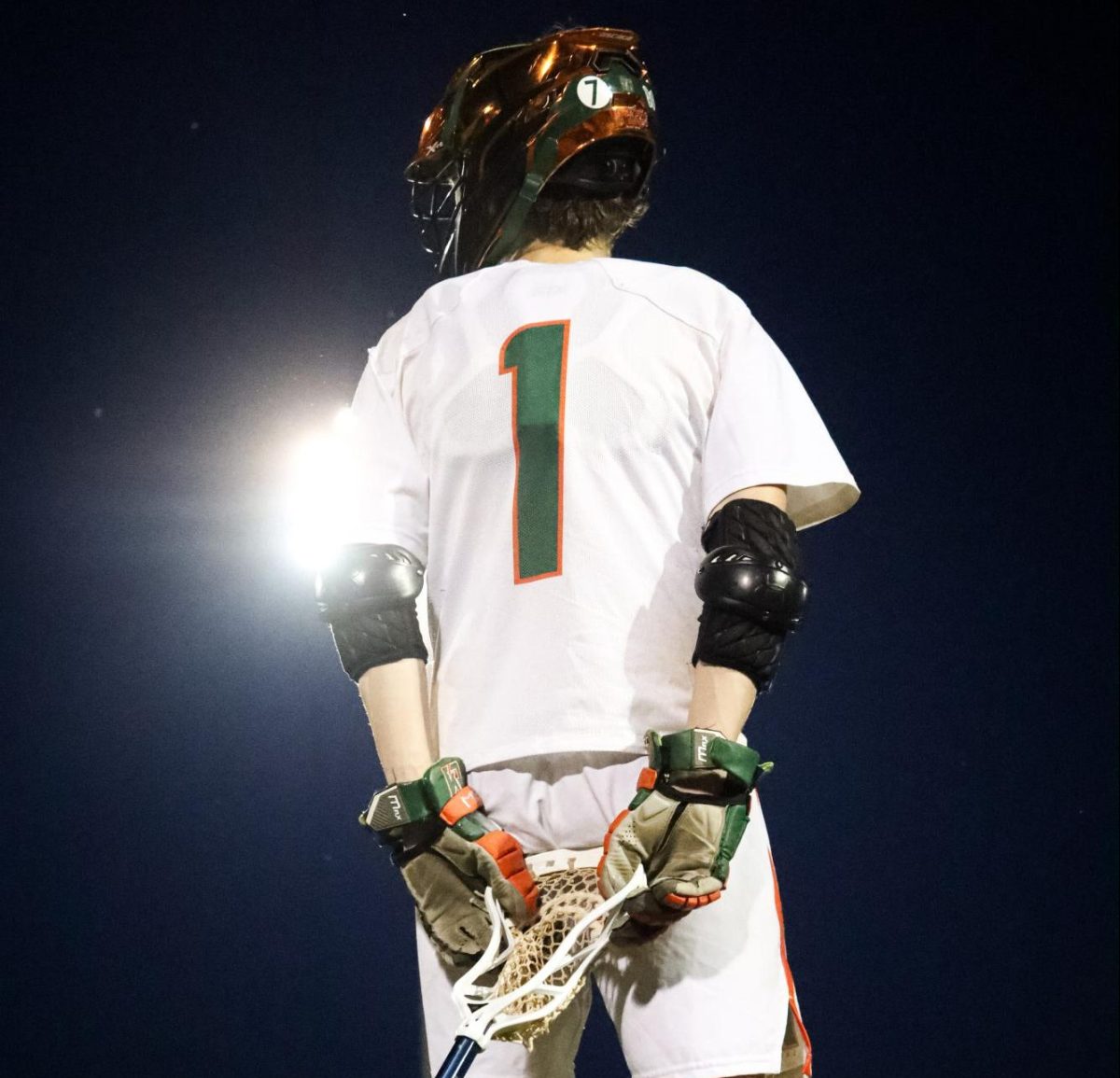Defining Sexual Harassment
#MeToo brings attention nationally and locally
“One in 7 girls and one in 25 boys will be sexually harassed by their eighteenth birthday,” Judge Rosemarie Aqulinia said at the sentencing of Larry Nassar.
Nassar is the US gymnastics team doctor who sexually abused over 150 young gymnasts. With the increasing number of allegations against celebrities and the increased popularity of the #MeToo and #TimesUp movements, it’s important to remember that sexual harassment and assault doesn’t just happen to celebrities.
It is an epidemic that is plaguing the nation, and Kettle Run is in no way immune to its effects.
Sexual harassment is defined in the Kettle Run Code of Conduct as, “any unwelcome sexual advances, requests for sexual favors, and other inappropriate verbal or physical conduct of a sexual nature that creates an intimidating, hostile, or offensive environment.”
The Code of Conduct also states that examples of such harassment include, but are not limited to, threatening and harassing behavior, inappropriate verbal, written, or physical conduct that creates an intimidating, hostile or offensive environment.
When asked for information on this issue, several administrators and guidance counselors were not comfortable with answering questions.
Since students often have a different idea of the problems their peers are facing, they described what they thought constitutes sexual harassment.
Several students expressed that they think unwelcome and repetitive comments or any unwanted physical contact should be considered sexual harassment.
“In my opinion, I would define sexual harassment in schools as any physical act,” one junior said. “But there is a line in verbal commentary that I feel counts too. If derogatory or threatening comments from the same person are repeated, or if it’s threatening enough to make someone feel unsafe, then administration should get involved. Basically, at any point that a student feels unsafe, whether it be due to another student or a teacher, even if it’s not sexual harassment, administration needs to get involved. If a student doesn’t feel safe in a school, where are they supposed to feel safe?”
“I think that any time a teacher or student places their hands on another person, inappropriately or without consent, should be considered sexual harassment,” another junior said. “There is a time when a line is drawn between friends messing around and someone who has been told to stop and continues to do things that are unwanted.”
Another junior had the following words of advice: “Just stay clear of situation that could turn into something bad, and it’s unlikely that you will fall into something bad like sexual harassment.”
“Sexual harassment, in my point of view, has a strict motivation,” one senior said. “It shouldn’t be a misinterpretation, though I understand that may be the case. However, decent human beings shouldn’t fear that they will be placed into trouble if they engage physically with another person, for they will be able to recognize consent or lack thereof.”
Although the majority of students asked said that they hadn’t seen or heard of their peers getting harassed in school, if you or anyone you know of is experiencing any form of harassment that makes you feel unsafe or uneasy, report it your guidance counselor or any other trusted adult.



